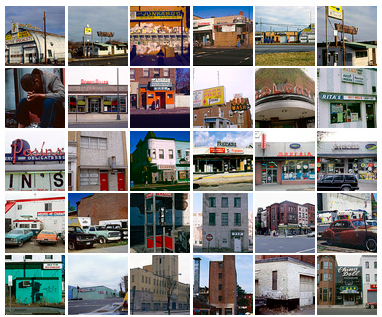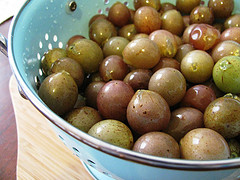One of you just sent me the link to an amazing album of photographs taken in the mid to late 1980s. They depict a D.C. that I don’t recognize (I arrived ten years later); they are vivid, engrossing, beautiful. The photographer who took them said this about them in the album’s introduction:
From 1985 to 1988 I wandered the streets of Washington DC photographing the unseen and vanishing moments of the city. These images lay dormant in the archives until I realized that they needed to be brought to life before the persons and spaces are totally lost to entropy and time…
These images depict the hidden parts of Washington DC rarely if ever traversed by tourists. Here are the places and some of the people trapped in their own world while the rich and powerful swirl around in a seemingly separate world a mile away.
The pictures deserve to be seen. If any of you have similar links or ideas for DCentric, please send them my way.






